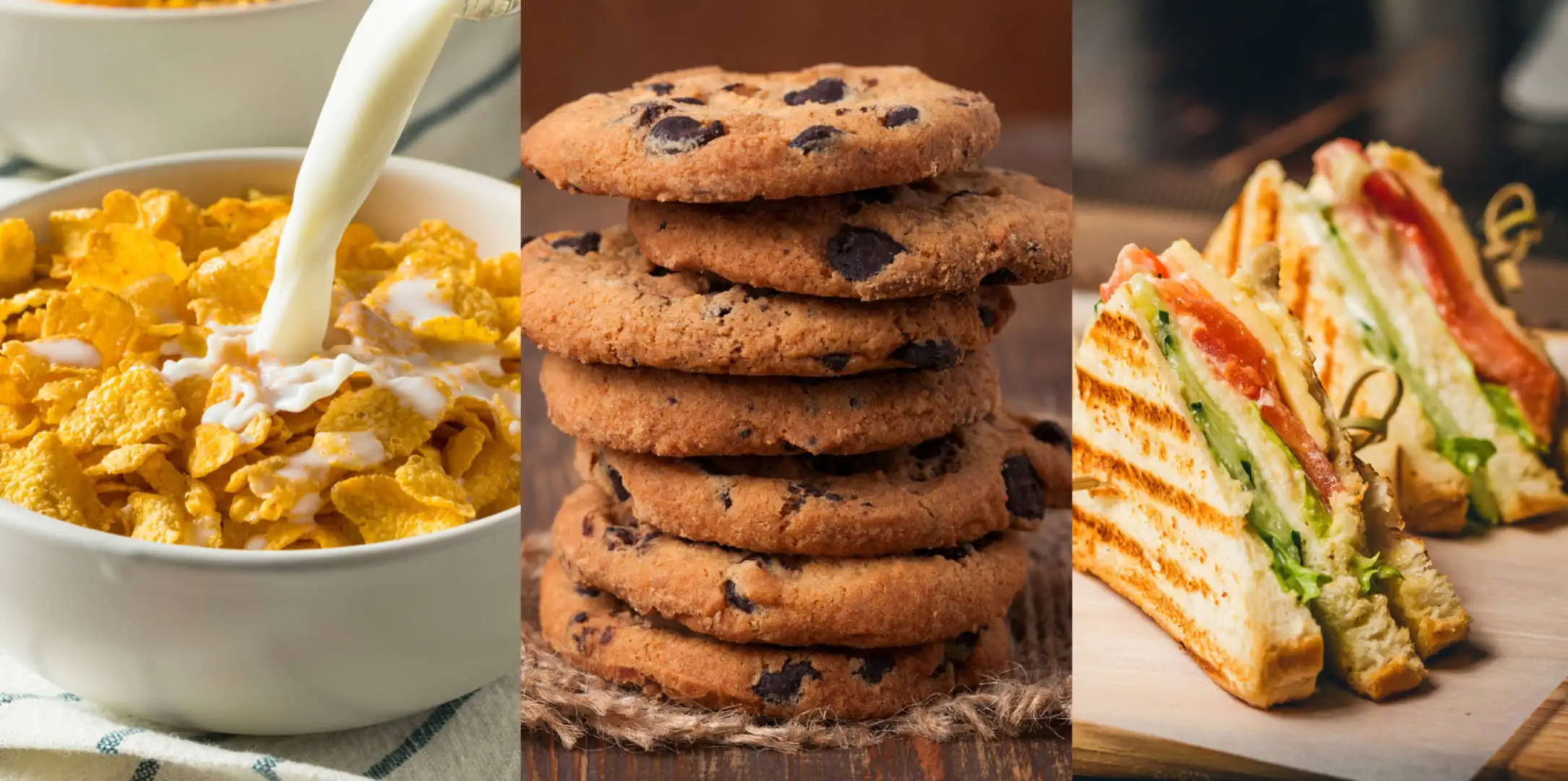Whether it’s getting a recipe wonderfully wrong or just getting lucky throwing together random ingredients from your fridge, everyone knows the feeling of having created something new and astonishingly tasty. Little do many people know, however, that some of the world’s most beloved food were born out of mistakes—along with spite, neglect, apathy, and laziness.
Read the complete article about the surprising foods that were invented by accident.
Potato Chips
In 1853, a chef named George Crum, at the Moon’s Lake House in New York, was annoyed by a customer who complained repeatedly about the thickness of his french fries.
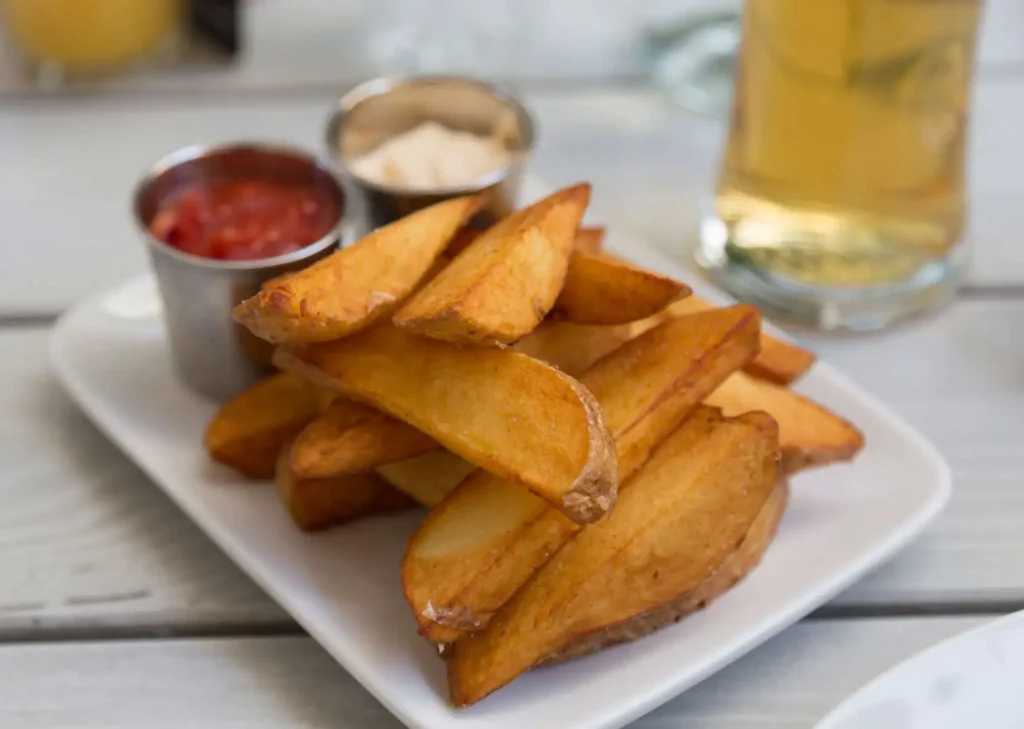
In response, Crum pettily cut the potatoes as thinly as possible, then fried, salted, and served them. His spitefulness resulted in one of the most popular snacks worldwide.
Ice Cream Cones
At the 1904 St. Louis World’s Fair, an ice cream vendor had run out of dishes. Ernest A. Hamwi, a neighboring vendor, was selling waffle-like pastries (called zalabis) and decided to help him out.
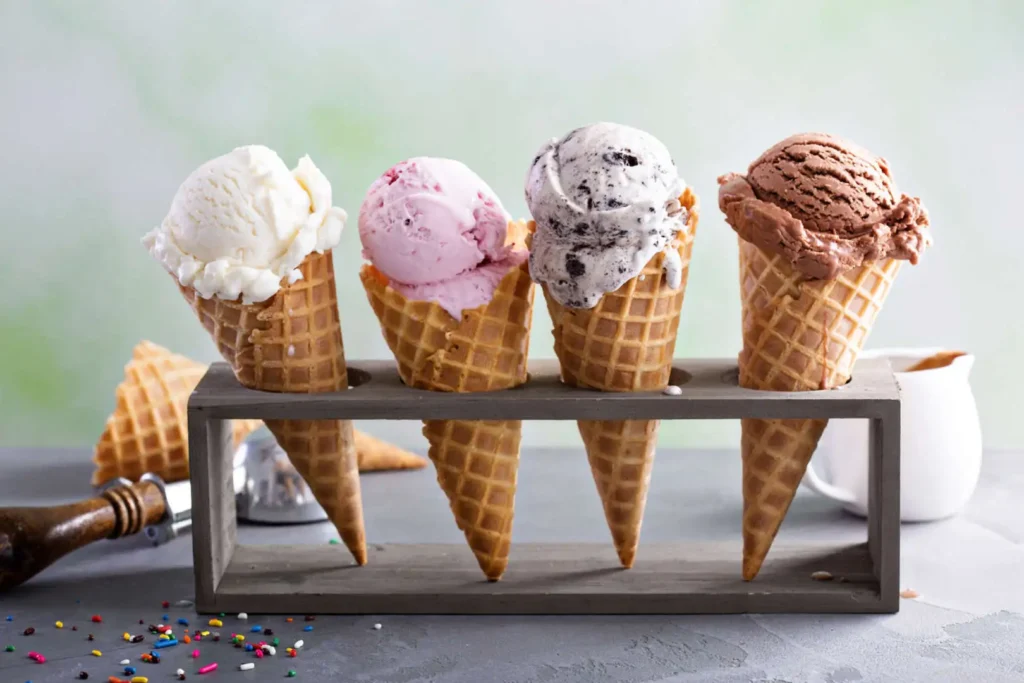
Hamwi rolled the pastries into a cone so his neighbor’s ice cream could be held inside. Thus, the first edition of the waffle cone graced the world.
Worcestershire Sauce
In 1838, Lord Sandys of Worcester, England, was craving his favorite Indian sauce after returning home from Bengal, India. He commissioned drugstore owners John Lea and William Perrins to recreate it based on his descriptions.
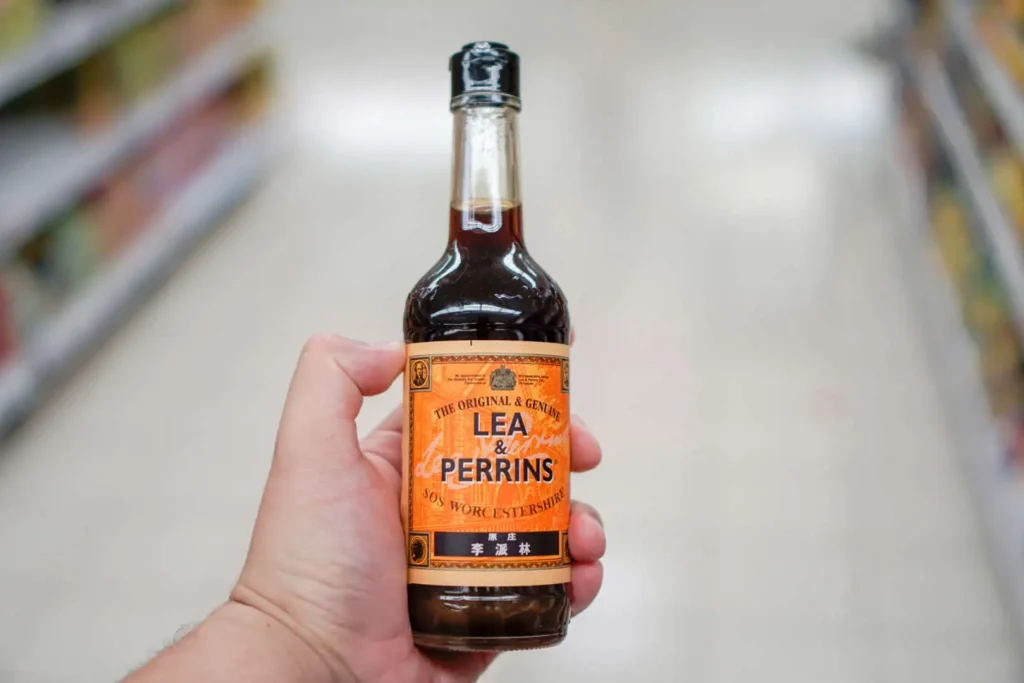
The smell of the product they created was too offensive to be consumed, so they stashed it in their basement. A few years later, they found it again, and discovered that the aging period had improved the flavors immensely.
Nachos
In 1943, Ignacio “Nacho” Anaya was a waiter at a restaurant in Mexico when a group of 10 hungry women came in. Unable to find the chef, Anaya had to improvise.
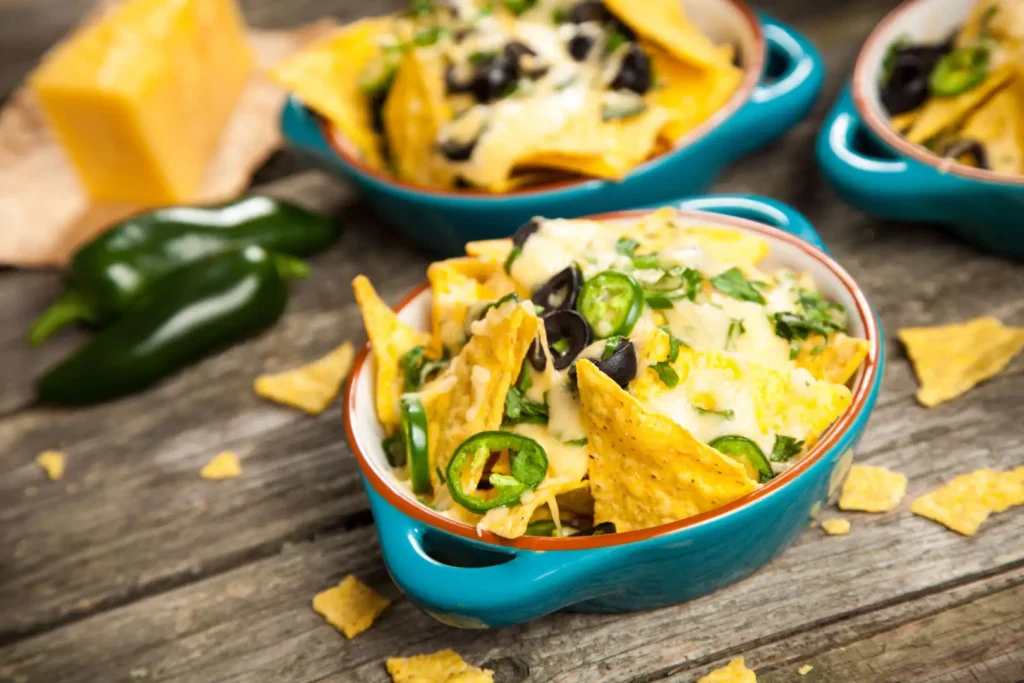
He covered a plate of tostadas with grated cheese, passed it through a broiling unit, and topped the whole thing off with jalapeños. One of the women dubbed the dish “Nacho’s especiale,” which was later shortened when he opened his own place.
Popsicles
In 1905, 11-year-old Frank Epperson was playing with a mixture of water and powdered soda mix on his porch, and left the liquid outside overnight. When he returned for it the next morning, he discovered the stir stick had frozen upright in the liquid.
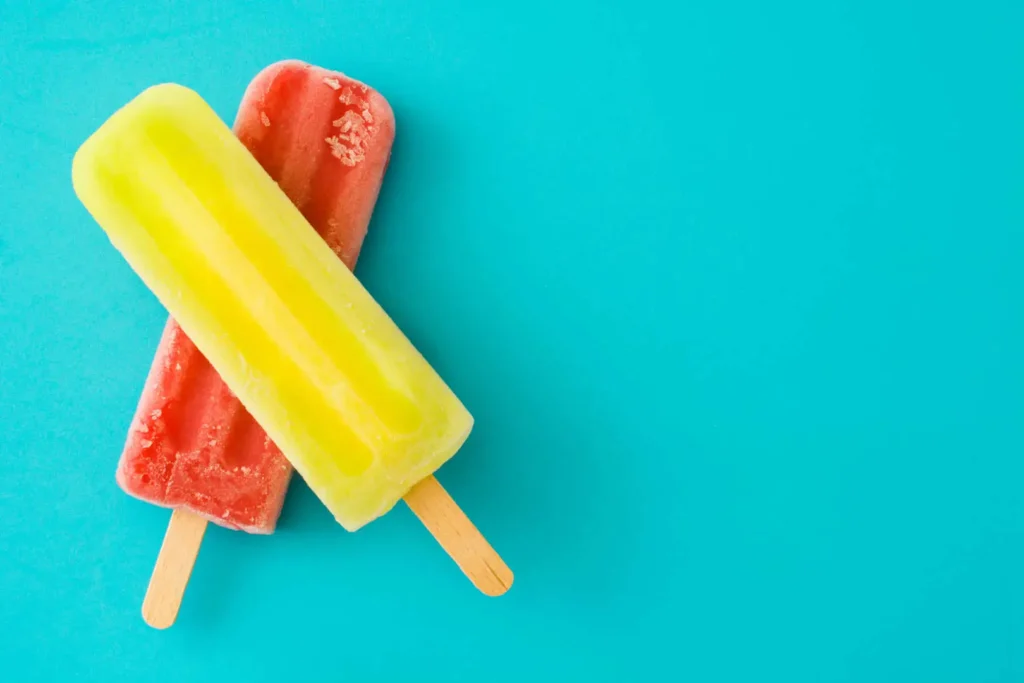
About 20 years later, he applied for a patent, which he’d originally dubbed the “Epsicle.” His kids, however, preferred “Pop’s ‘sicle,” and he changed the name to the one we’re familiar with today.
Nashville Hot Chicken
Nashville’s famous spicy take on fried chicken has its origins in red hot revenge. Restaurant lore traces the recipe back to Thornton Prince, an infamous womanizer in the 1930s whose girlfriend wanted to teach him a lesson.
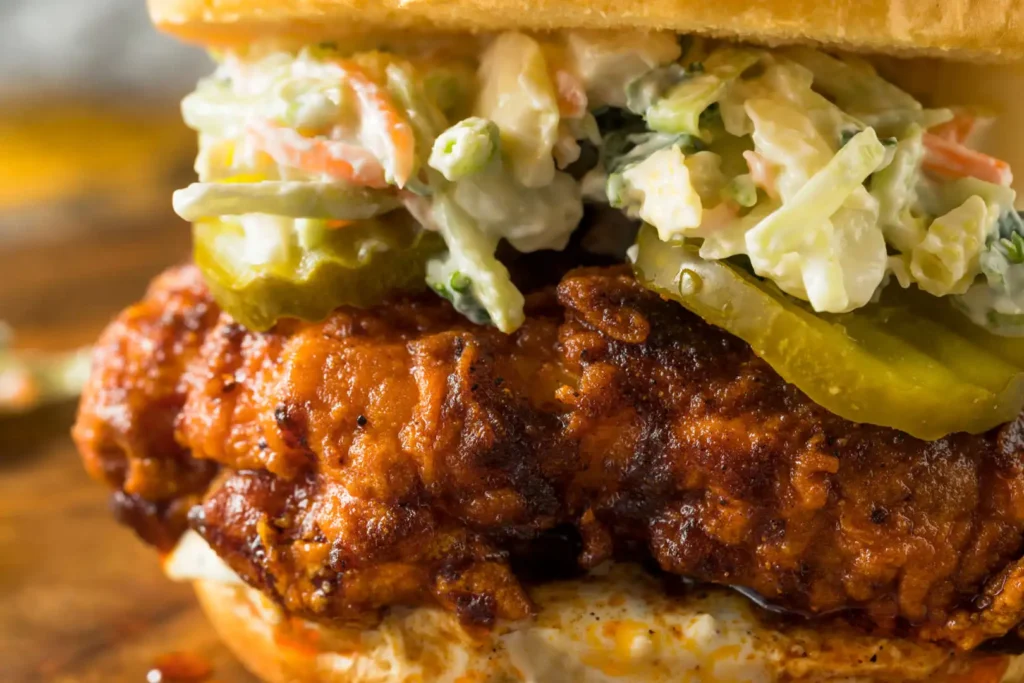
One night, she made his favorite chicken dish loaded with fiery spice, but her plan backfired. He actually liked it so much that he began selling it at his restaurant.
Tofu
One origin story maintains that, long ago in China, boiled and ground soybeans were accidentally mixed with impure sea salt (containing calcium and magnesium salts), causing the soybeans to gel.

Another Chinese legend says a cook accidentally dropped nigari (a natural coagulant) into a pot of soybean milk, creating a curdling effect which produced tofu.
Brandy
In the 17th century, Dutch vintners would boil their wine in order to reduce its volume for transport, then cut it with water when they were ready to drink.
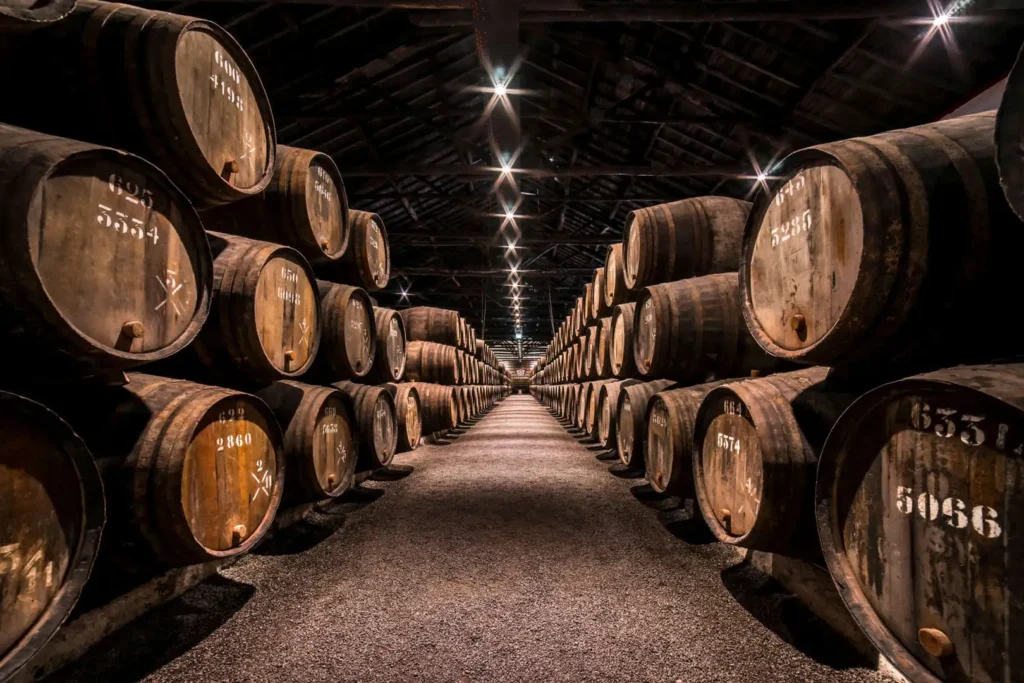
They didn’t realize, however, that by transporting the concentrated mixture in wooden casks, the fortified wine would be transformed into something very different: brandy.
Chocolate Chip Cookies
One day in 1930, Toll House Inn’s co-owner Ruth Wakefield was baking cookies when she realized she had no more baking chocolate. She smashed up a bar of semi-sweet chocolate and added it to her batter, thinking that it would melt.
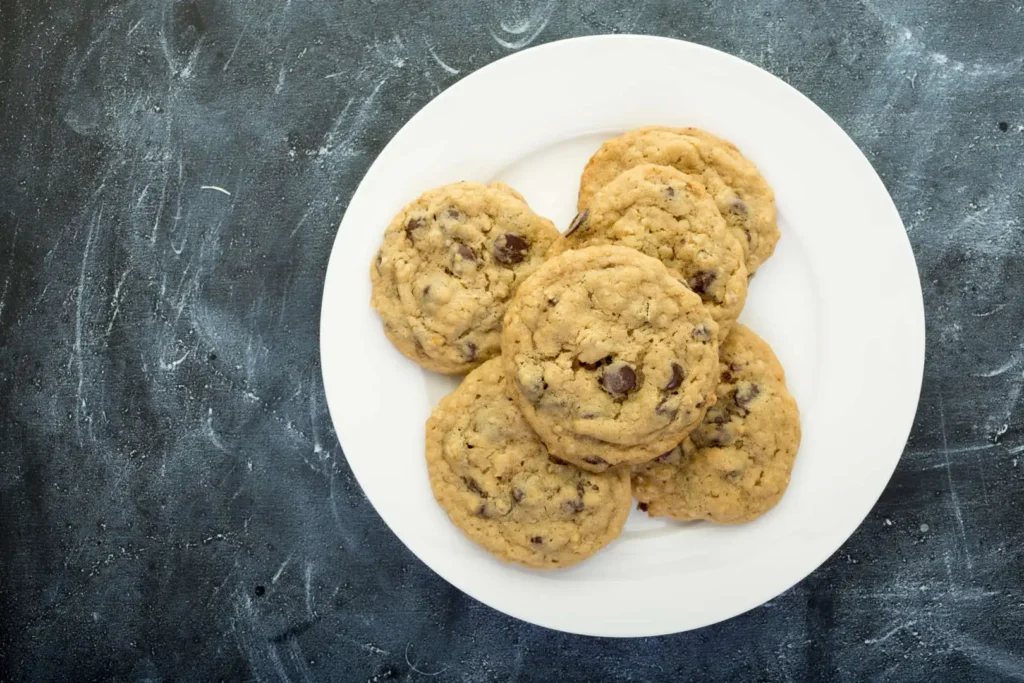
We all know that chocolate didn’t melt. What resulted was a cookie studded with chunks of chocolate, changing the milk game forever.
Beer
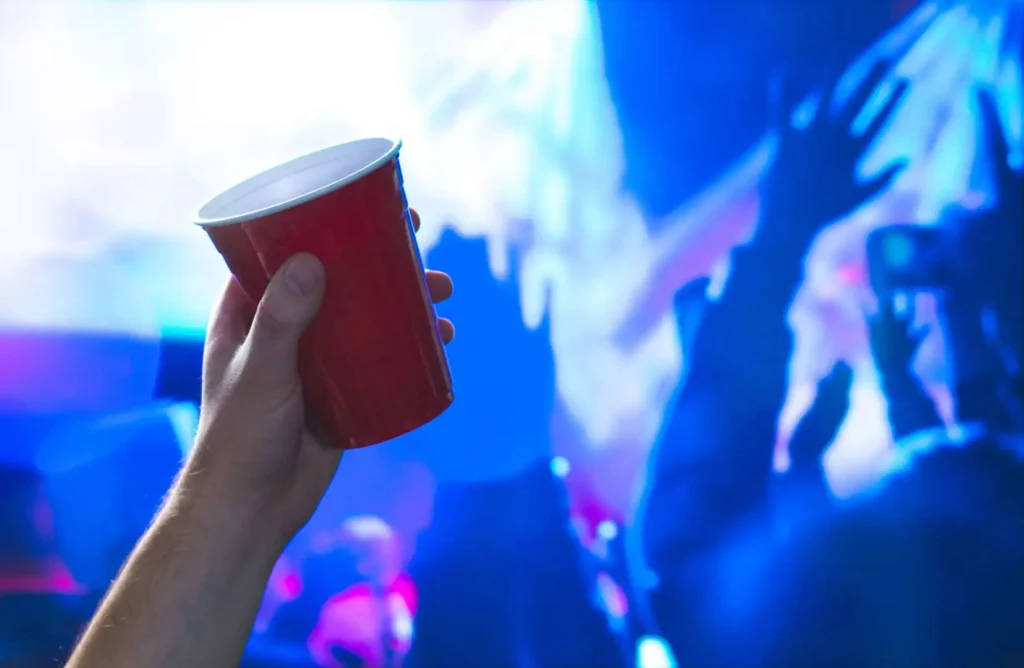
No one is sure, but it’s said that thousands of years ago, when Mesopotamia starting making bread, some of the dough must have gotten rained on and forgotten about for enough time…That when they came back to it they found a fermented liquid. Everyone should raise a glass to that first Mesopotamian who was brave enough to sample the strange liquid.
The Sandwich
The sandwich is attributed to John Montagu, Earl of Sandwich, back in the 1700s, but the stories vary. Some say Montagu couldn’t leave an intense gambling game, and requested that meat be brought to him between two pieces of bread.
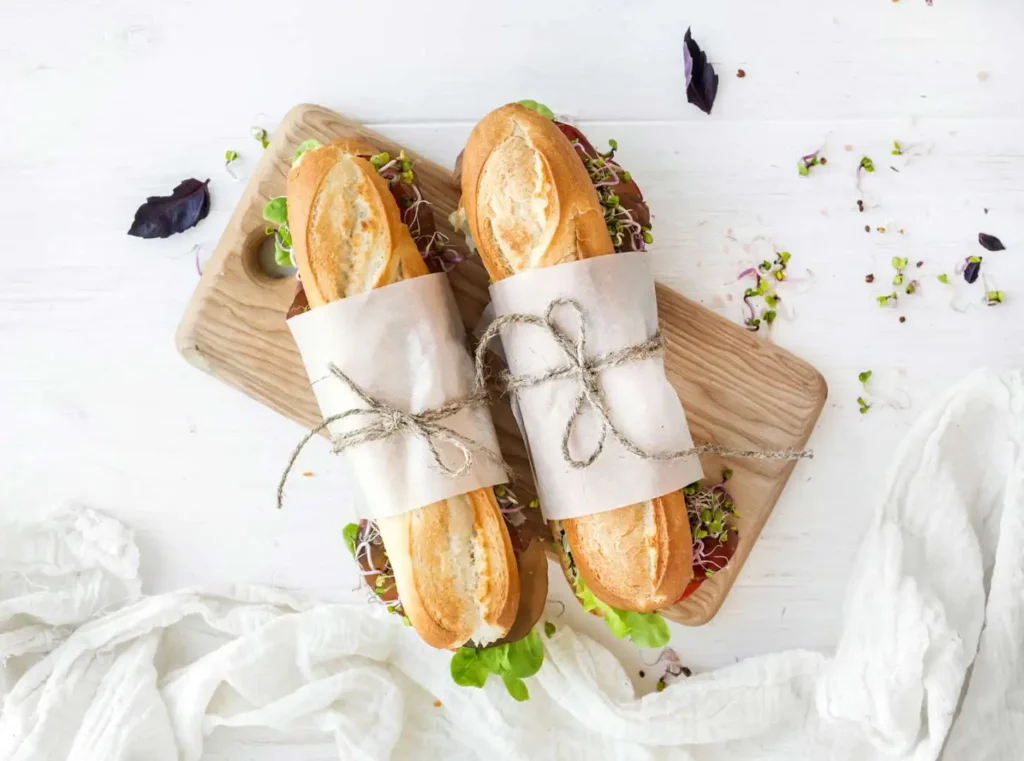
Others believe that he worked long hours at his desk and required a utensil-free meal. Either way, Montagu’s refusal to leave the table resulted in one of culinary history’s greatest advances.
Champagne
Bubbly wine used to be a problem for people in the 15th century. The climate in Champagne, France, made wine-making difficult as the fermentation process would stop when it got cold. And restart in the spring, creating an excess of carbon dioxide in the bottles, even making some explode.
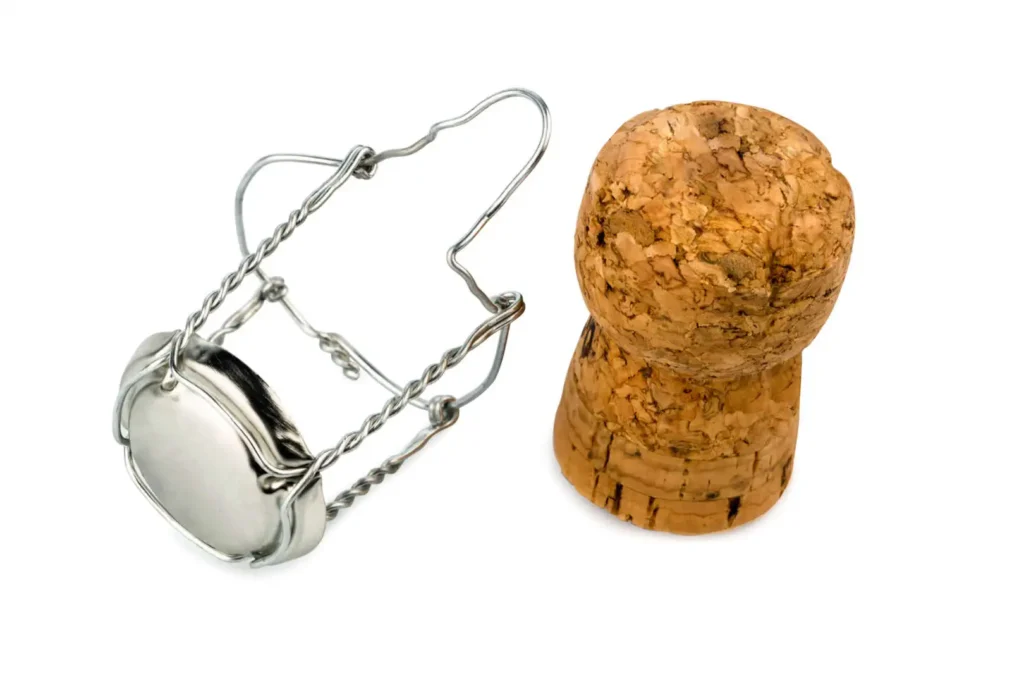
Some say Dom Pérignon was tasked with trying to stop the second round of fermentation . But when he couldn’t, he tasted the bubbly drink and famously said, “Come quickly, I am drinking the stars!”
Toasted Ravioli
Also known as the St. Louis T-rav, this dish is believed to be the result of one cook who had a little too much wine near some ravioli and a deep fryer.
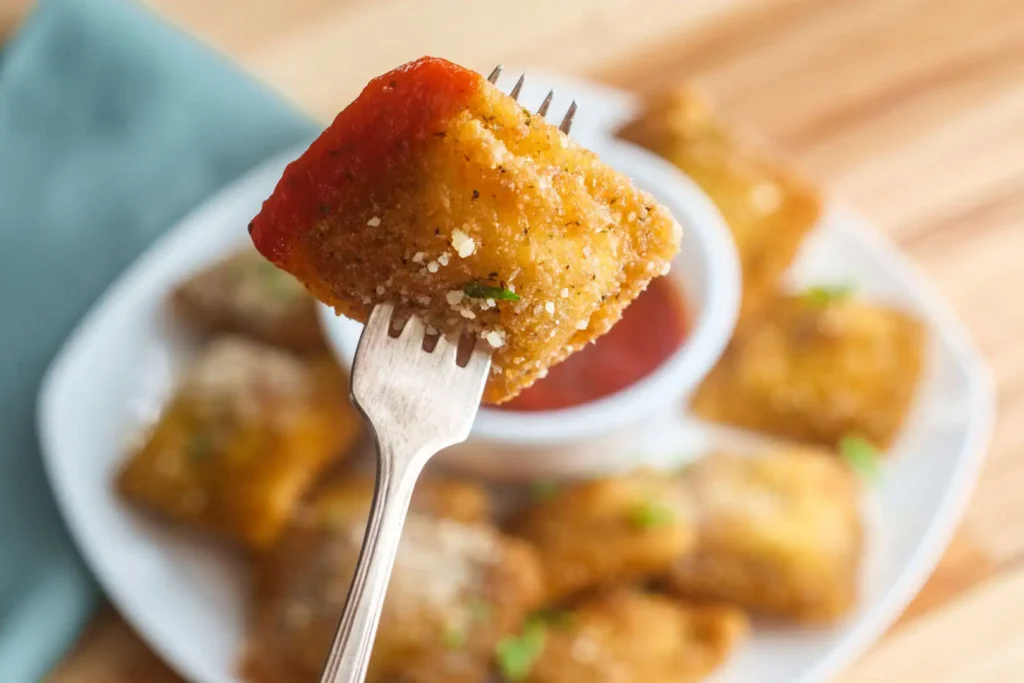
After knocking ravioli into the bubbling oil, the owner tried to save the food by scooping it out. And topping it with some cheese. The rest is history.
Coke
John Pemberton, a wounded veteran who had become addicted to morphine, sought to create a drink that would stave off his addiction. He created a tonic using the caffeine-rich kola nut and small amounts of cocaine.
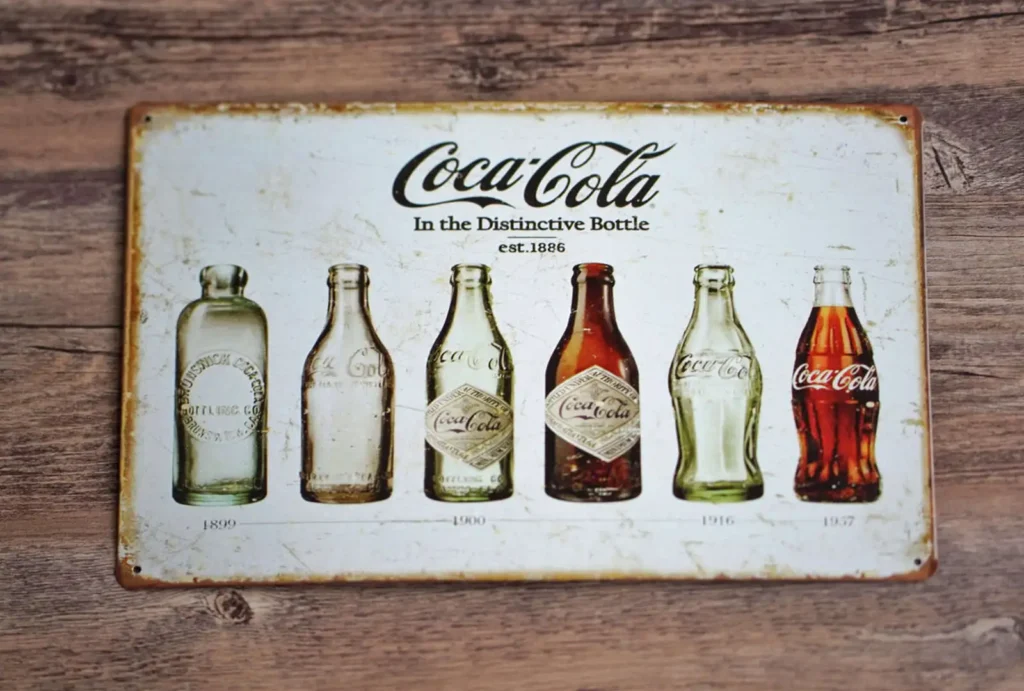
In 1887, another Atlanta pharmacist Asa Candler bought that original Coca-Cola formula from Pemberton, reportedly for just US$2,300. By the late 1890s, Coca-Cola was one of America’s most popular fountain drinks. The cocaine was removed in 1903.
Slurpees
In 1958, Omar Knedlik, a Kansas-based Dairy Queen owner, had a broken soda machine, so he put his soda bottles in the freezer. Customers started liking the partially-frozen carbonated drinks…
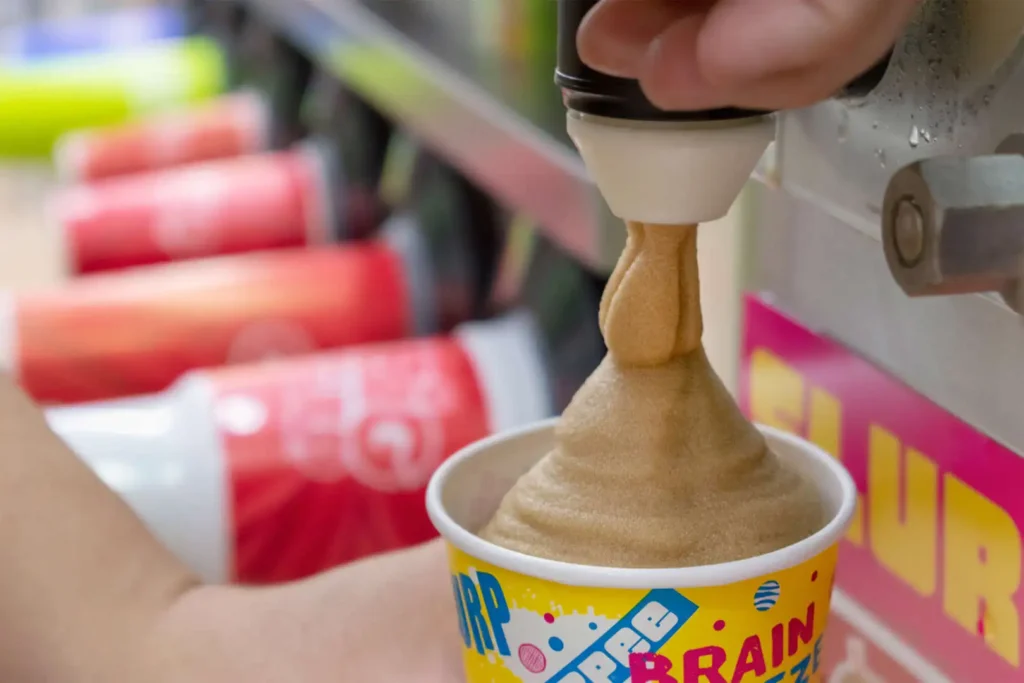
So Knedik built a new machine to combine and freeze flavor mixes, water, and carbon dioxide. The ICEE dispenser was born, and by the mid-1960s, 300 companies had bought it.
Corn flakes
In 1898, brothers W.K. Kellogg and Dr. John Harvey Kellogg were working in a sanitarium in Michigan. They were trying to make healthy food to serve their patients when they accidentally left wheat berry cooking in the kitchen. And causing the kernels to flake.
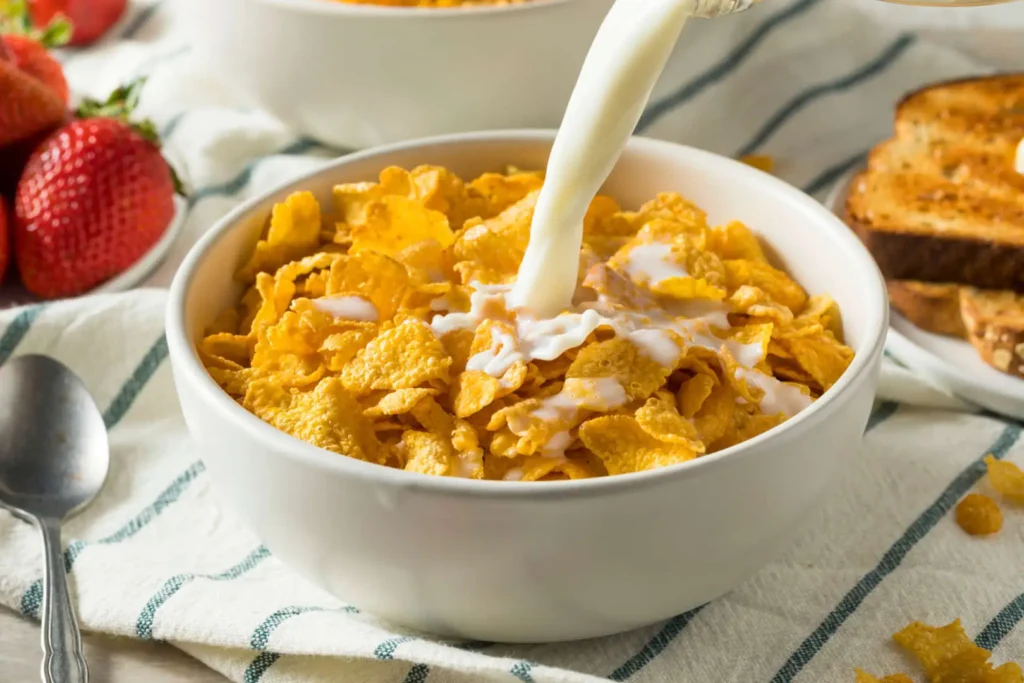
They continued to experiment with their newly discovered food. Eventually trying the process with corn and creating the cereal we know and love today.
